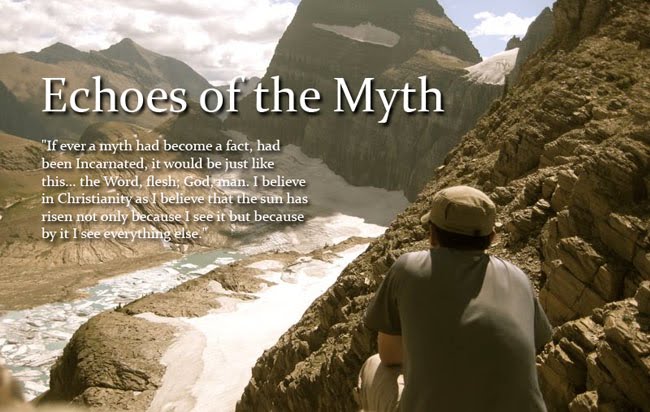We arrived, grabbed a quick lunch, then made our way into the exhibit. Some of the highlights were:
- A good overview of Second Temple Judaism, the influence of the Hasmoneans, Hellenism, and the Roman empire. (However, they didn't do a good job of relating the Hasmonean dynasty and the Maccabean time period as formative influences on the community that wrote the Dead Sea Scrolls.)
- Seeing a facsimile of the Great Isaiah Scroll that was just about 20-30 feet long. Incidentally, I happened to be standing next to an older gentleman who was able to read the Hebrew right off the scroll! Frustratingly, the script and the text was too foreign for me to read any parts other than the occasional 'YHWH' or 'Jerusalem'.
- I found out that this gentleman had done his doctorate in Ancient Semitic Languages, and he recounted how he attended the first DSS exhibit done by the Library of Congress. Scholars gathered from around the world for the unveiling of a whopping eight pieces (compare this to the 200+ pieces that were in the Milwaukee exhibit).
- The climax was definitely walking into a large, dark, atrium-type room in which 20 different display cases held actual fragments from the DSS collection. There were pieces of Daniel, Exodus, Testament of Moses, Judges, a section of the Copper Scroll, and a copy of the Masoretic Bible from 1000 CE.
More than anything, I was profoundly humbled by the fact that God's word came into human culture -confined by grammar, vocabulary, and syntax - recorded onto papyri, and stored in jars to be found in a dry, dusty desert. Our Bibles have history. They have a historical context, and yet they are timelessly true. Even more, I am awestruck that much like the words of God came into human culture, history, and geography, so also the Word of God became flesh and entered into human culture, history, and experience.
The DSS exhibit reminded me that my study of the Word thus far is not in vain, and that there is something so mysteriously wonderful in something so plain and ordinary. I've come away with a renewed sense of appreciation and gratitude to be able to study these texts as well as a renewed call to sharpen my language skills. Ultimately, I pray that my life will reflect the truth that God has come near and is near to us even in the mundane and the ordinary.

No comments:
Post a Comment